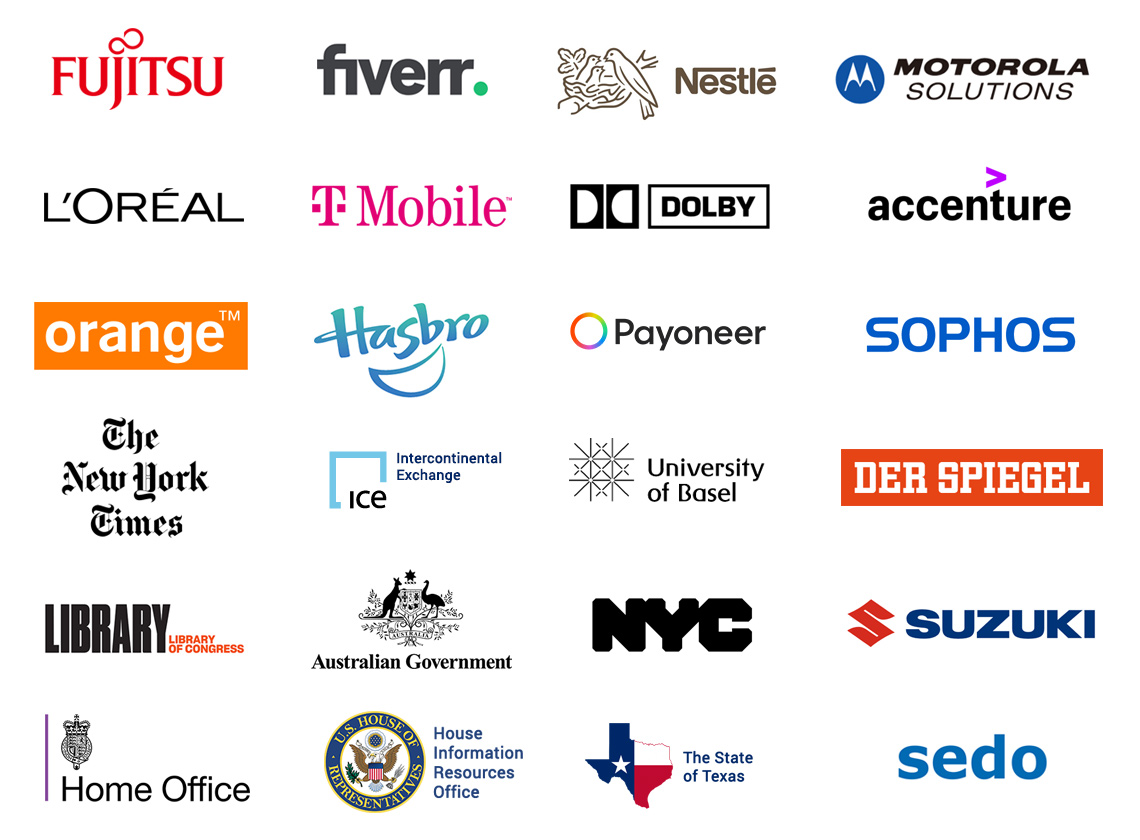TLDR: You can safely download, open, and analyze suspicious files via browserling.com/browse – an online file sandbox that I and my team created. It provides a secure, isolated environment, preventing direct threats to your system and offers an additional layer of cybersecurity defense.
What Are Unsafe Files?
Unsafe files are typically executable programs or scripts that, when opened, can perform unauthorized actions on a computer system, such as installing malware, executing ransomware, or exploiting vulnerabilities to gain access to sensitive data. These files often originate from untrusted or suspicious sources, including email attachments, downloaded software from unverified websites, or malicious web links designed to deceive the user into initiating the download and execution of harmful code.
What Are the Signs of Suspicious Files?
Signs of suspicious files include unusual file extensions (such as .exe, .scr, .bat, .vbs) for what is expected to be a document or media file, files from unknown or unsolicited sources, and files that trigger security software alerts due to recognized patterns of malware or anomalies in behavior. Additionally, files with generic, overly enticing, or misspelled names, and those that request excessive permissions or administrative privileges upon execution, are indicative of potential security threats designed to deceive or exploit users into compromising their systems.
What Are the Top 5 File Most Unsafe Files?
The top five most unsafe file types include executable files, script files, Office documents with macros, PDF files, and compressed files. Each file category presents unique risks: executables can perform unauthorized actions, scripts can automate harmful activities, macro-enabled documents may execute arbitrary code, PDFs can contain embedded exploits, and compressed files can conceal malicious contents. Let's take a closer look at the specifics of these file types and their associated risks.
Executable Files (.exe, .msi)
These files contain code that is executed directly by the computer's operating system. They are high-risk because they can perform any number of actions, from installing software to executing a virus, without the user's explicit consent or knowledge. Malicious executables are a common method for spreading malware and initiating system-level attacks.
Script Files (.bat, .ps1, .js, .vbs)
Script files, which are executed by scripting engines or interpreters like Windows Script Host or PowerShell, can automate tasks but also execute malicious activities. They can be used in phishing attacks to download and install malware, manipulate files, or even control the system remotely, making them a versatile tool for attackers.
Office Documents (.docx, .xls, .ppt)
Microsoft Office files support embedded macros – scripts written in a language like VBA (Visual Basic for Applications) – which can automate tasks in Office applications. Malicious macros can be designed to execute arbitrary code, leading to data theft, ransomware infection, or unauthorized access to the user's system, often bypassing traditional antivirus defenses through social engineering tactics.
PDF Files (.pdf)
While commonly used for document exchange due to their portability and compatibility, PDFs can contain embedded scripts or exploit vulnerabilities within PDF readers to execute malicious code. Attackers often use PDFs to carry out phishing scams, exploit software vulnerabilities, or infect systems with malware, leveraging the trust users have in PDF files as document carriers.
Compressed Files (.zip, .rar)
Compressed files can contain any of the above file types, masking their contents until extraction. They are particularly dangerous because they can bypass email security filters designed to detect unsafe file types, delivering payloads of malware or providing a vector for complex attacks once the contents are decompressed and executed or opened by the user.
What Is an Online File Sandbox?
An online file sandbox is a secure, isolated environment (usually a virtual machine) where files and applications can be executed and analyzed without risking the integrity of the host system or network. It serves as a crucial tool in cybersecurity for dynamically analyzing the behavior of suspicious files, including malware and zero-day threats, by executing them in a controlled setting to observe their actions, network interactions, and potential impacts without actual harm. This enables security teams to safely test, identify, and mitigate malicious activities before they can infiltrate or damage real-world systems.
What Is Browserling?
Browserling is an online file sandbox, designed to provide a secure environment for the dynamic analysis and testing of files and cybersecurity threats. It allows users to safely execute, inspect, and analyze suspicious files in an isolated setting, mitigating the risk of system compromise. By leveraging Browserling, cybersecurity professionals can effectively evaluate file behaviors, detect malware, and assess vulnerability exploits across different browser versions.
Who Uses Browserling?
Browserling has now become the online file sandbox platform of choice for cybersecurity experts and IT professionals, and it's used by hundreds of thousands of users around the world every month. Browserling's customers include governments, states, cities, banks, stock exchanges, universities, newspapers, Fortune 100, Fortune 500 companies, and private multi-billion dollar companies.

Browse safe!
